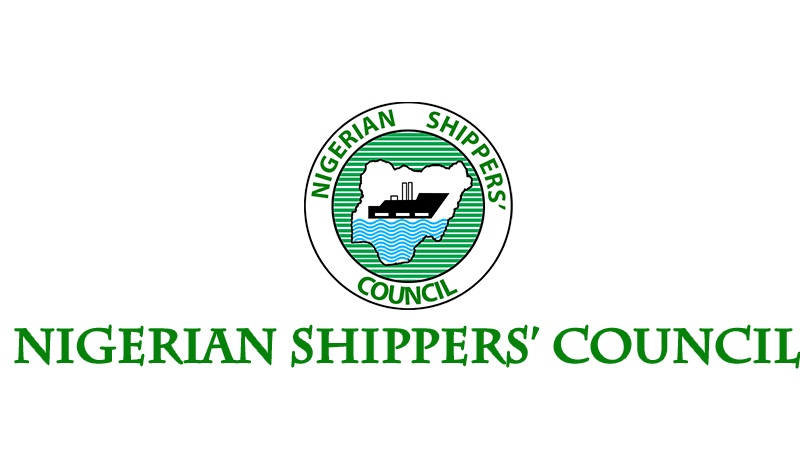Barring any fundamental change in schedule, Nigeria should begin to move goods to the hinterland via the inland waterways from June 2022.
All necessary infrastructure, warehouses and partnerships are currently being firmed up by the Sealink Transitional Company, the Nigeria Export-Import Bank (NEXIM), the Nigerian Shippers Council (NSC) and other critical stakeholders in both the private and the public sectors.
- Nigeria vs Ghana: CAF Doctor Dies At MKO Abiola Stadium
- Pupils sit on floor in 50% Nigerian schools – UBEC
These were disclosed during a courtesy by the Sealink Transitional Company, and NEXIM Bank to the Nigerian Shippers Council.
The Technical Adviser of the MD of NEXIM BANK, Mr Hope Yongo, said during the meeting that “Hopefully by the end of April 2022, the whole channels in Nigeria should be charted so we can do hinterland and coastal trade. We have executed a lot of partnerships that will bring about the investments needed from both the private and public sectors.”
He said the NEXIM Bank has signed MoUs with over two dozen companies because of what they had to offer, adding that there will be community engagements from the environmental impact assessments.
NEXIM has done what it needed to do as a trade facilitator because NEXIM is committed to the Sealink project to ensure Nigeria enhances its export basket.
“We should launch Sealink for both continental and inland waterways by June 2022” he stated. With the launch, Nigeria should be able to move goods via rivers Niger and Benue from Apapa port to the hinterland.
But before that will happen, he tasked the FG to clear the inland waterways of the wreckages and also complete the dredging processes.
“We have financed and funded the survey with support from Afreximbank, but there is a post survey challenge which is about dredging and wreck removal. If the wrecks are not removed and the channels not charted, we can’t use the channels. The private sector is willing to invest in the vessels; we are expecting four vessels.
“We have been talking to three shipyards in Norway, Finland, and China and they are willing to support. The vessels will come in the credit structure that we have discussed.
“Nigeria has large mineral deposits but we don’t go to the market because we don’t have the infrastructure to carry the bulk solid minerals. We need inland waterways to carry bulk solid minerals. That is why we are investing in infrastructure development and navigational safety. Once we commence, we need not less than 200 barges of our waterways because we are looking at carrying not less than 10 million tonnes of cargo annually in the first instance.
“Our survey and mapping will be in five segments. We have done segments one and two. Segment one is Lokoja to Onitsha, segment two is Onitsha to Burutu, segment three is Lokoja to Makurdi, Segment four is Lokoja to Kainji, and Makurdi to Yola, is the segment five,” Yongo explained.
The ES, Nigerian Shippers Council, Mr Emmanuel Jime, said the Nigerian private sector involvement in the vessels ownership is critical otherwise the Sealink wouldn’t have achieved the desired impact.
Mrs Dabney Shall-Holma, Chairperson, Sealink Transitional Company, earlier said the project is designed to bridge trade gaps – infrastructure, equipment, processes and the capacity of the people.

 Join Daily Trust WhatsApp Community For Quick Access To News and Happenings Around You.
Join Daily Trust WhatsApp Community For Quick Access To News and Happenings Around You.


